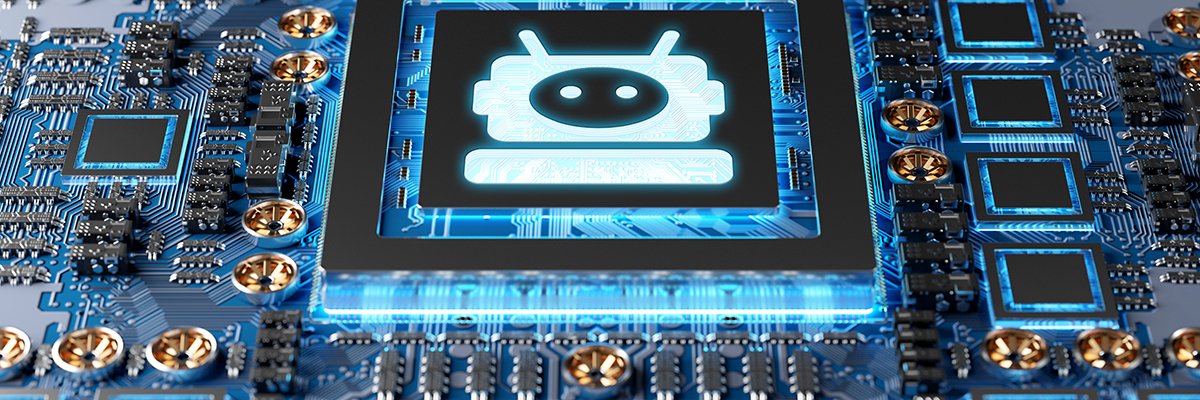
Including extra reminiscence
This text catches up on some latest bulletins for reminiscence applied sciences (DRAM) from Winbond, Samsung and Micron in addition to Toshiba’s entry into the 22TB nearline HDD market. Larger and extra performant reminiscence applied sciences are wanted to assist rising AI workloads in knowledge facilities and on the edge and better capability HDDs are wanted for secondary knowledge storage of generated knowledge.
Micron introduced that it launched a 16Gb DDR5 reminiscence utilizing its 1-beta course of node expertise. The system operates at efficiency as much as 7,200 MT/s. The corporate says the brand new reminiscence supplies as much as a 50% efficiency improve and a 33% enchancment in efficiency per watt over the earlier technology. The brand new 1β DDR5 DRAM product line presents present module densities in speeds starting from 4,800 MT/s as much as 7,200MT/s to be used in knowledge middle and shopper functions.
Micron’s 1-beta expertise may also be utilized in different reminiscence merchandise, together with RDIMMs and MCRDIMMs utilizing 16Gb, 24Gb and 32Gb DRAM die, LPDDR5X utilizing 16Gb and 24Gb DRAM die, HBM3E and GDDR7.
Winbond introduced a reminiscence expertise for edge AI computing functions, the personalized ultra-bandwidth parts (CUBE). Winbond says that the, “CUBE enhances the efficiency of front-end 3D constructions resembling chip on wafer (CoW) and wafer on wafer (WoW), in addition to back-end 2.5D/3D chip on Si-interposer on substrate and fan-out options.
Designed to satisfy the rising calls for of cloud-based AI servers, it’s appropriate with reminiscence density from 1-4GB and enhances bandwidth whereas lowering energy consumption.” The determine beneath reveals the construction of the CUBE expertise.
Winbond CUBE Reminiscence Expertise
Winbond says the CUBE’s key options are:
· Energy effectivity: CUBE delivers distinctive energy effectivity, consuming lower than 1pJ/bit, making certain prolonged operation and optimized power utilization.
· Superior efficiency: With bandwidth capabilities starting from 64GB/s to 256GB/s per die, CUBE ensures accelerated efficiency that exceeds trade requirements.
· Compact dimension: Providing a 1-8Gb/die primarily based on the D20 specification now and D16 in 2025, CUBE accommodates smaller kind elements. The introduction of through-silicon vias (TSVs) additional enhances efficiency, bettering sign integrity, energy integrity, and warmth dissipation if SoC on prime die and CUBE on backside die.
· Price-effective answer:
1) Excessive bandwidth: CUBE IO velocity ranging as much as 1GHz, and Legacy foundry course of node resembling 28nm/22nm SoC can use CUBE’s ultra-high bandwidth in 32GBs-256GB/s (HBM2), equal to 4-32pcs*LP4x16 bandwidth.
2) SoC die dimension discount: SoC (prime die with out TSV) is stacked on CUBE (backside die with TSV), its die dimension could possibly be smaller if TSV space penalty is being eliminated. This can contribute again to the higher price benefit on Edge AI units.
Winbond says that it’s participating with accomplice firms to ascertain a 3DCaaS (3D CUBE as a service) platform, which can leverage CUBE capabilities in product designs.
Samsung introduced that it has developed a Low Energy Compression Hooked up Reminiscence Module (LPCAMM) kind issue, which it expects to remodel the DRAM marketplace for PCs and laptops, and probably even knowledge facilities. The 7.5 giga-bits-per-second (Gbps) LPCAMM has accomplished system verification by means of Intel’s platform.
In accordance with Samsung, “Traditionally, PCs and laptops have conventionally used LPDDR DRAM or DDR-based So-DIMMs2. Whereas LPDDR is compact, it’s completely connected to the motherboard, making it difficult to switch throughout repairs or upgrades. Alternatively, So-DIMMs might be connected or indifferent simply however have limitations with efficiency and different bodily options.
LPCAMM overcomes the shortcomings of each LPDDR and So-DIMMs, addressing the elevated demand for extra environment friendly but compact removable units. The Samsung LPCAMM is proven beneath.
Samsung LPCAMM Detachable Storage Module
There can also be makes use of for this detachable storage module in servers and knowledge facilities. The Samsung announcement included a quote from Dr. Dimitrio Ziakas, VP of Reminiscence and IO Expertise at Intel, “We’re excited to be part of the brand new commonplace enabling the shopper PC ecosystem and pave the trail for future adoption and innovation in boarder market segments.” Commercialization of this new reminiscence module is deliberate for 2024.
Toshiba additionally just lately introduced its MG10F Sequence 22TB HDD utilizing CMR (perpendicular recording with out power assisted magnetic recording or shingled magnetic recording) in a 10-disk, helium sealed design. With this product, Toshiba joins Western Digital and Seagate with 22TB and better HDD choices. This new Toshiba nearline HDD is proven beneath.
Toshiba 22TB CMR Nearline HDD
The MG10F has 10% extra capability than the prior technology Toshiba 20TB mannequin. The product includes a 7,200RPM efficiency, a 550TB per 12 months working score and a selection of SAS or SATA interfaces. Pattern shipments with SAS and SATA interfaces will likely be accessible within the 4th quarter.
Micron broadcasts DRAM reminiscence units utilizing its 1-beta expertise. Winbond broadcasts its CUBE reminiscence for AI functions. Samsung broadcasts its removable LPCAMM reminiscence modules. Toshiba joins the 22TB HDD membership.

















/cdn.vox-cdn.com/uploads/chorus_asset/file/24994268/dbx_dash_lp_header_graphite_blur_1920x1080.jpg)
